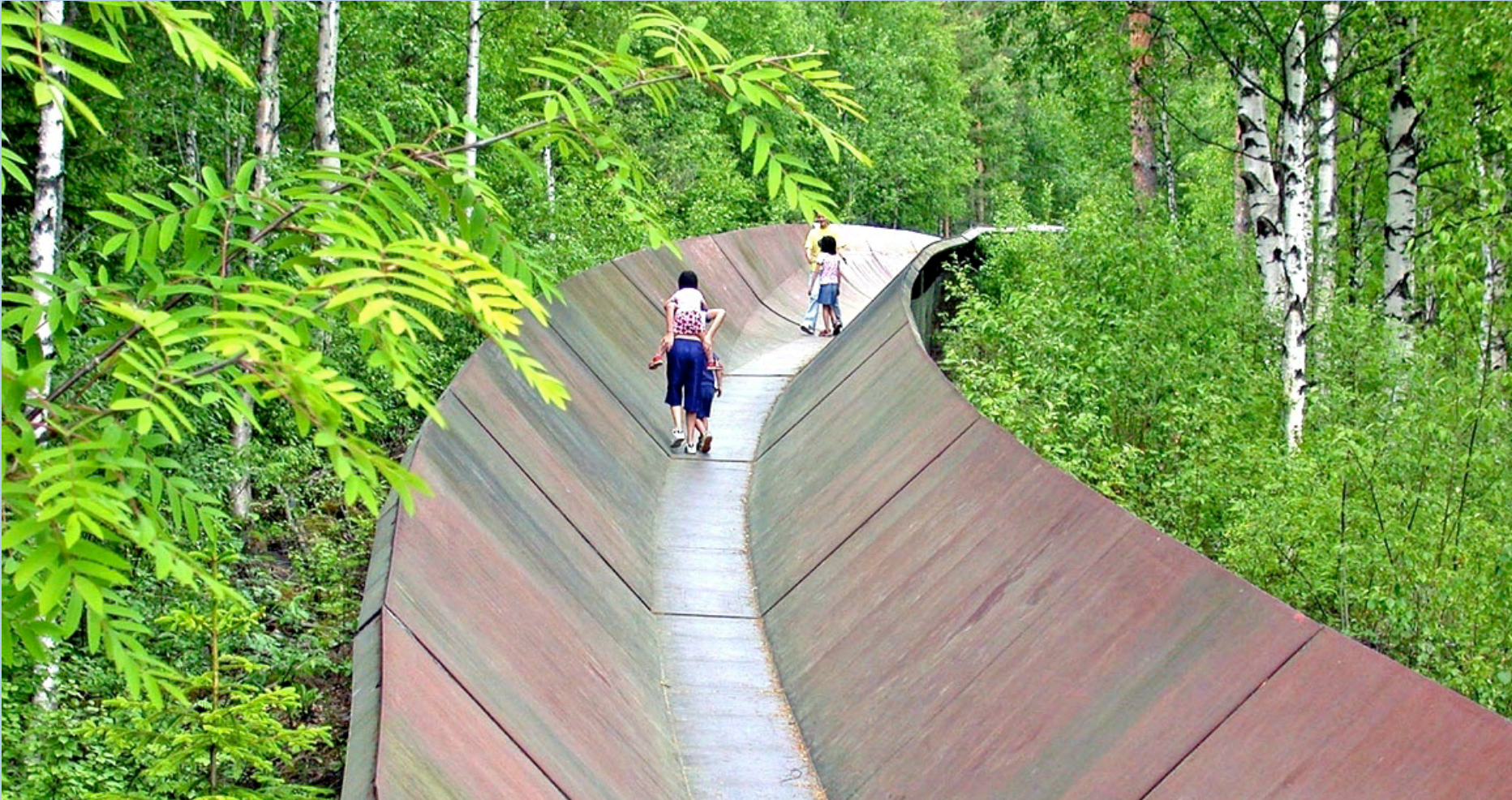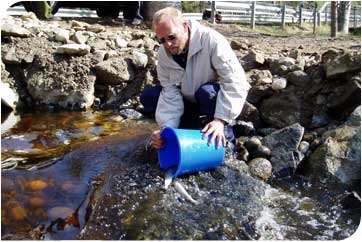The name Ytterhiske is from the original Hiske, which means island. About 800–1,000 years ago, the parts of Umeå which are now called Ytterhiske and Hedlunda formed a low island at the mouth of the Ume River. This island may have been called “Hisk”. The settled area on the island expanded up the river and with land uplift, the island and mainland were eventually connected. The western part of this large “hiske” (island) was called Västerhiske (West Hiske) and the original village was called Ytterhiske (Outer Hiske), in other words, the part of Hiske located closest to the sea (Fahlgren, 1970).
In 1543, Ytterhiske and Västerhiske had 16 farm tenants. In 1750, there were 9 farmers in Ytterhiske. There were two mills by Tvärån, both in 1750 and in 1826.
The part of Umeå once known as Ytterhiske (now Väst på stan) was bordered to the west towards Grisbacka by the stream Tvärån, and to the east towards the city by and around today’s Ängesvägen road.
In 1913, parts of Ytterhiske were incorporated into the city of Umeå. Parts of the old Ytterhiske can be seen behind the ICA Supermarket on Ängesvägen road.
Destinations & sights
Destinations & sights
Tvärån
The stream Tvärån is the largest of the small streams that pass through Umeå. Salmon trout used to spawn from the river to spawning grounds in Tvärån and major efforts are being made to increase this spawning. This includes stocking the stream.
The lower wild part of the Tvärå ravine has been a well-known beaver spot for many years. Otters have also been spotted along the stream.




